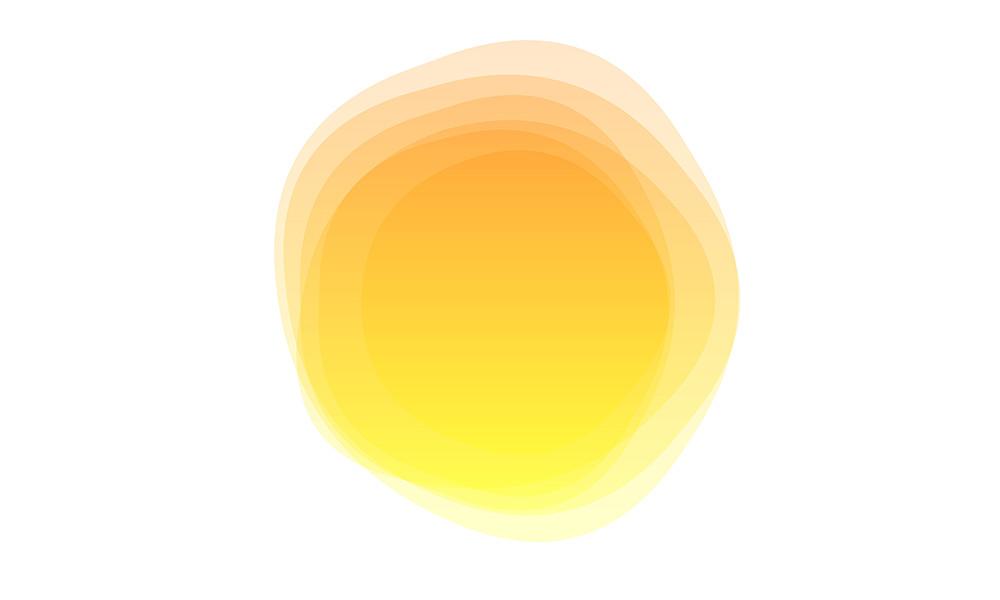A solar simulator has been created that characterises photodetectors and solar cells
7/29/21
Researchers at the Universidad Carlos III de Madrid (UC3M) have registered a solar simulator model that allows them to illuminate a surface with the same irradiance of the sun, in other words, with the same spectral range as the sun. This system can be used in any sector that needs to check how a material reacts to a certain type of light.

The Sunbox industrial model, developed by the UC3M’s Displays and Photonic Applications research group, is a low-cost solar simulator designed to determine efficiency and degradation parameters of next-generation solar cells.
The system has been created using commercial LED lights which light up in spectral ranges, from ultraviolet to infrared, and is programmed to be controlled via a user interface. This system is made from 3D-printed modules, each of which has its own particular function.
One of the advantages of this device is that it is easy to reproduce, which reduces the cost of simulators that are currently available on the market by a third. “The simulators currently on the market are large and expensive, and also have a limited maintenance and service life. This model seeks to serve a niche market: public and private research centres who have an interest in creating a team that is dedicated to measuring the degradation of experimental cells at a low cost; and solar energy companies who want to develop their own products,” says Eduardo López Fraguas, a PhD student at the UC3M and the main driving force behind Sunbox.
Its main application is characterising solar cells. However, it can also be used in other sectors, such as the textile industry, which needs to analyse how a material reacts to a certain type of light.